Content
Report
Key points from the Content Brief provided by OSU Students in COMPSTD 8200
Introduction
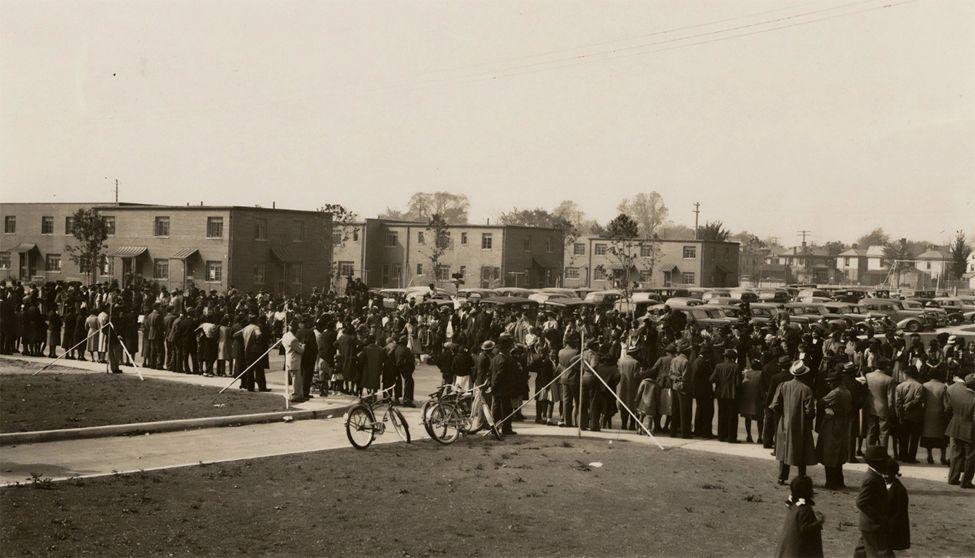
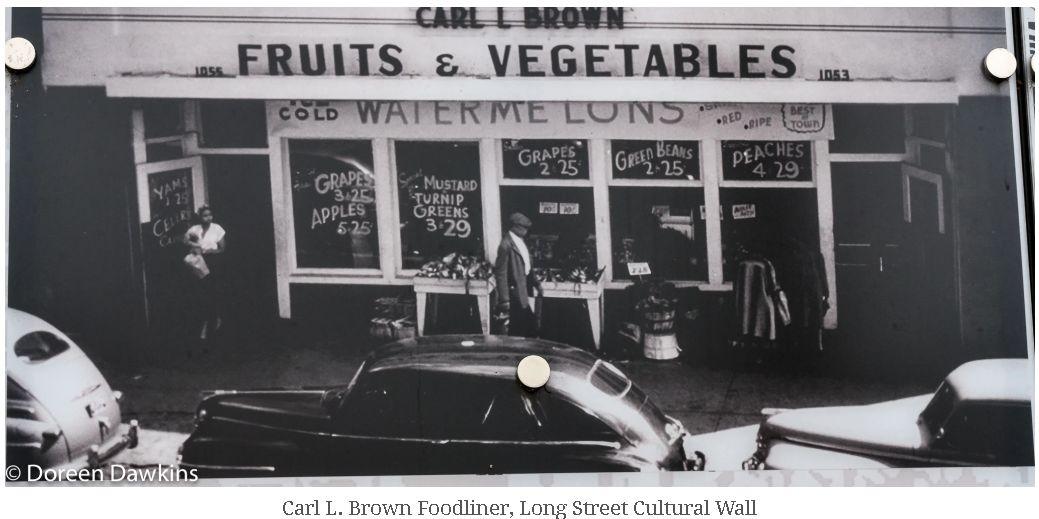
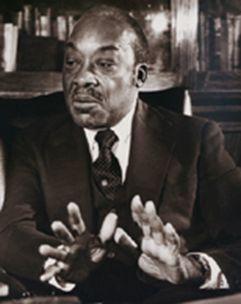
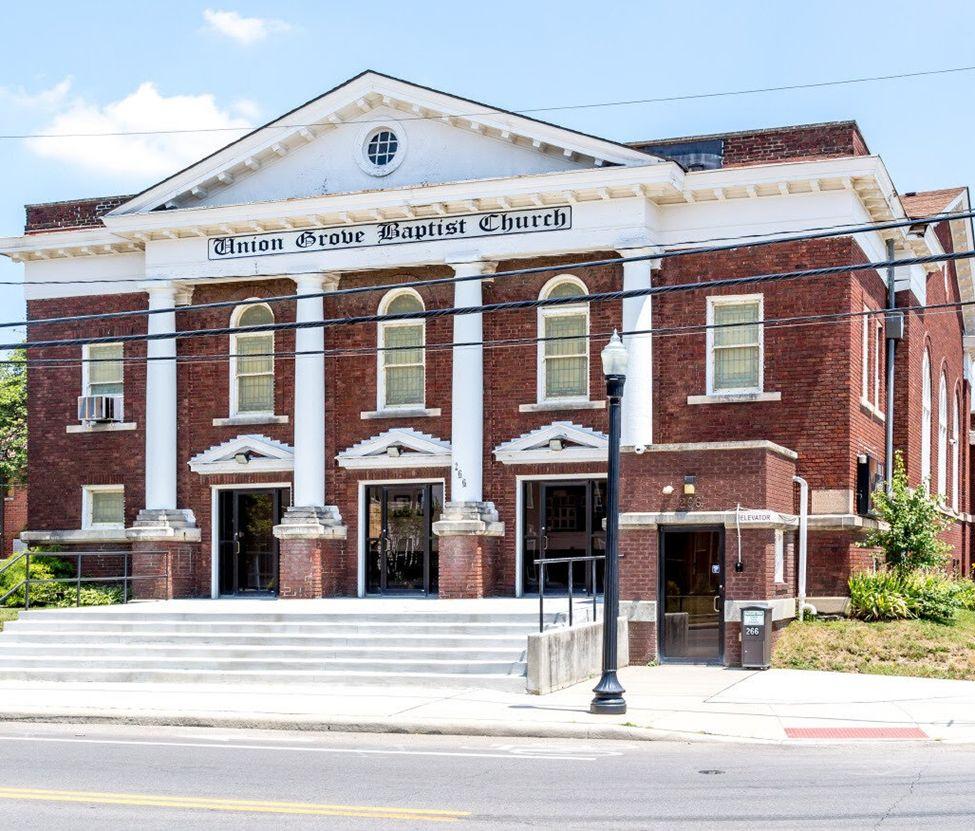 Rev. Phale D. Hale
Union Grove Baptist Church
Rev. Phale D. Hale
Union Grove Baptist Church
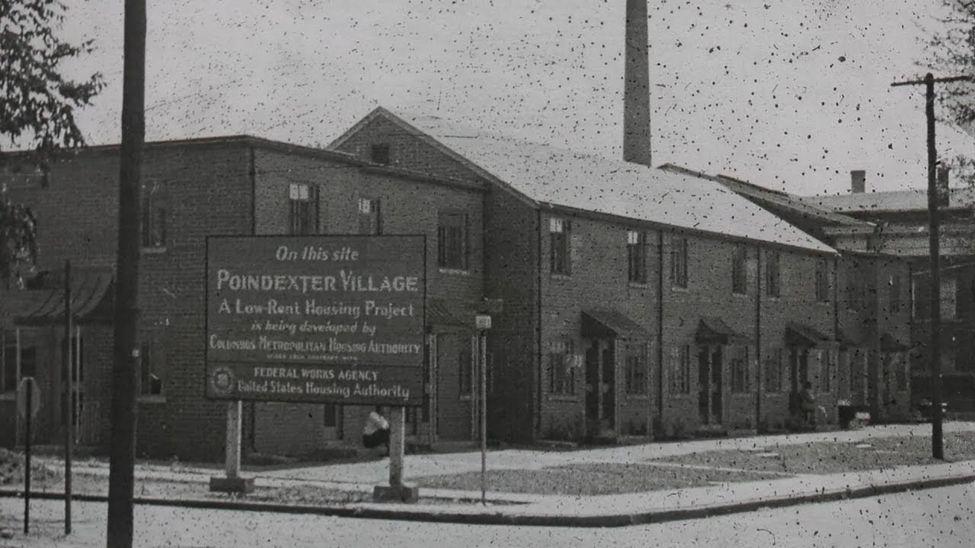
“No one ever forgets each other. They don't forget you."
- Patsey Ulmer
Mount Vernon Avenue
Mount Vernon was recognized by its community members as a safe-haven, as a place of robust arts, culture, and businesses that fostered camaraderie and collegiality for personal and professional relationships alike.
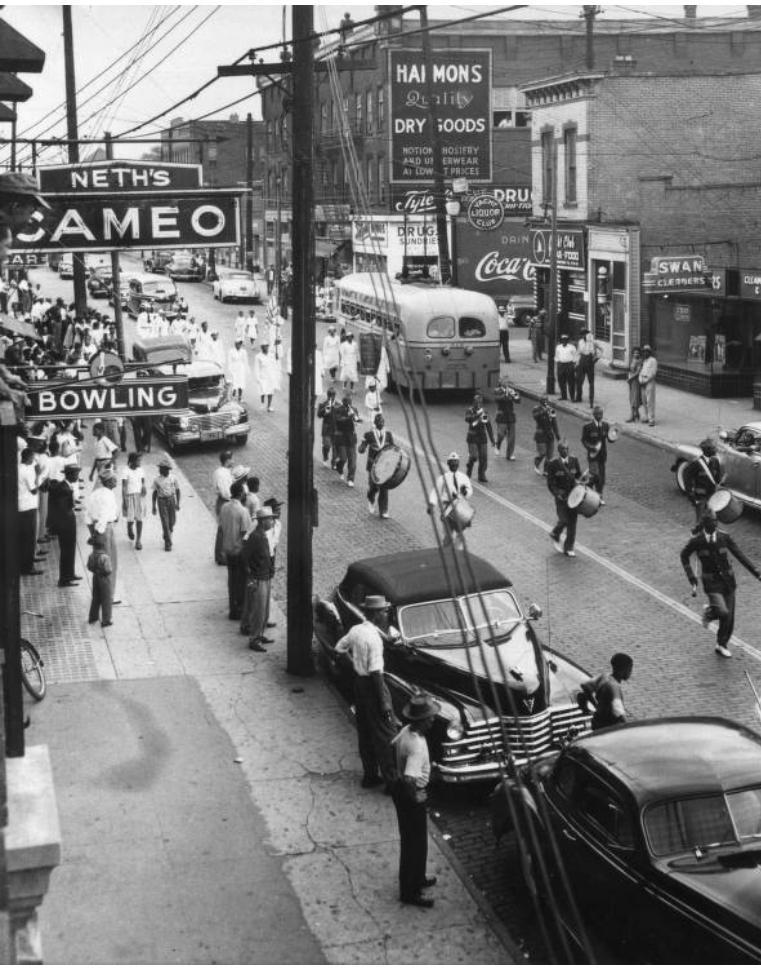
Mount Vernon: Culturally Thriving
Bettye Stull [24:05]: “The Mount Vernon Avenue on the corner was a focal point, and behind those storefronts there’s a large space and we would have our art festival there because one time Blacks weren’t invited into the arts festival downtown and so that when Kojo decided to have our own arts festival and we had everything there, performances in that open area, we had artwork displayed on panels, and we had a large audience” [25:40].
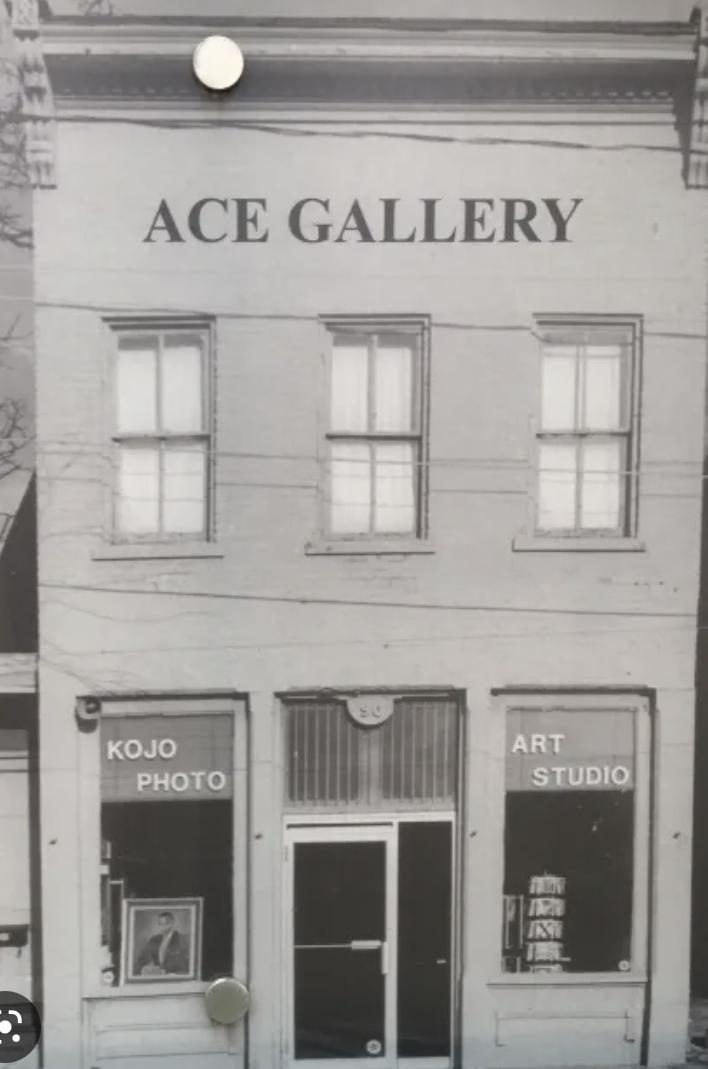
Mount Vernon: Financially Thriving
Roger Stowe [56:45] : “Black businesses were real.”
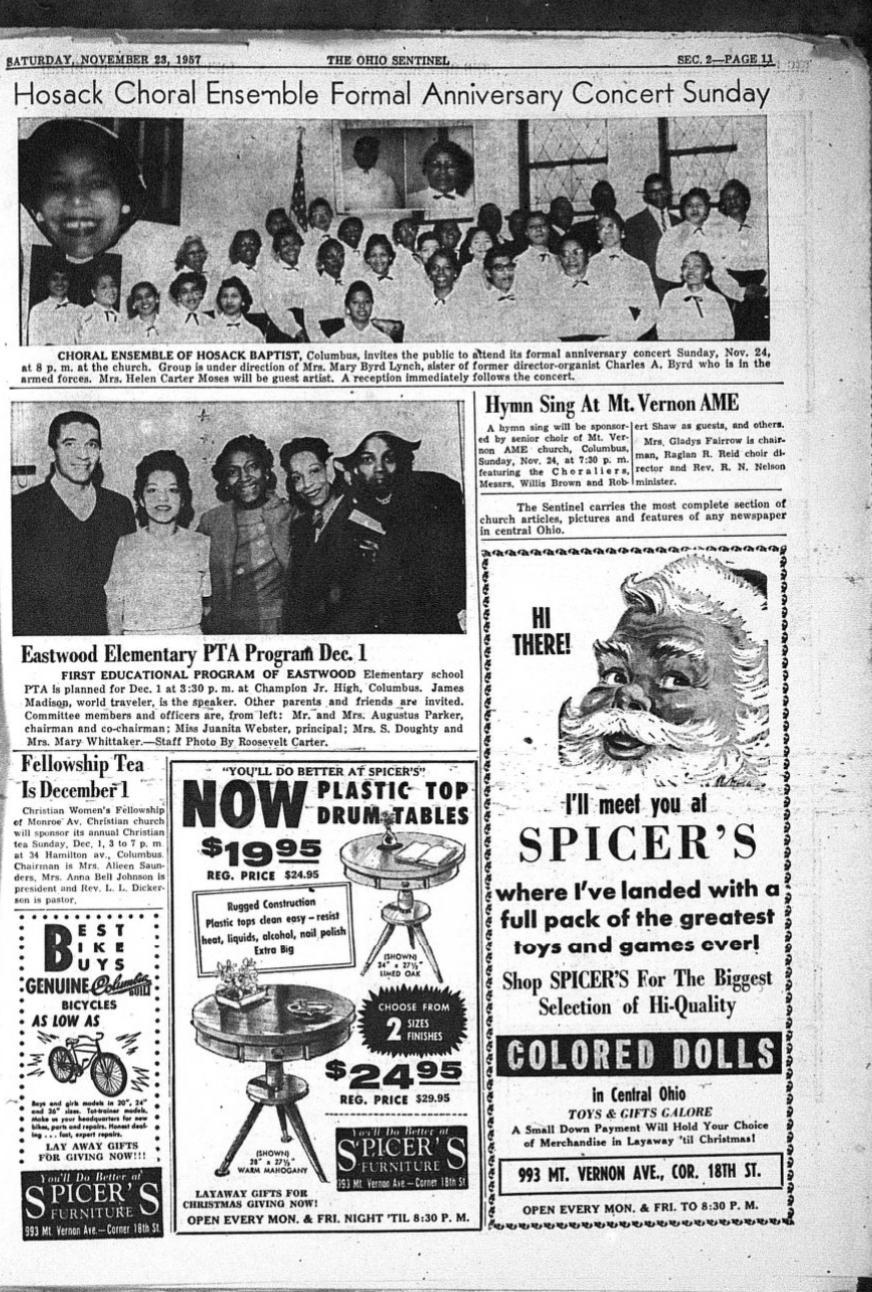
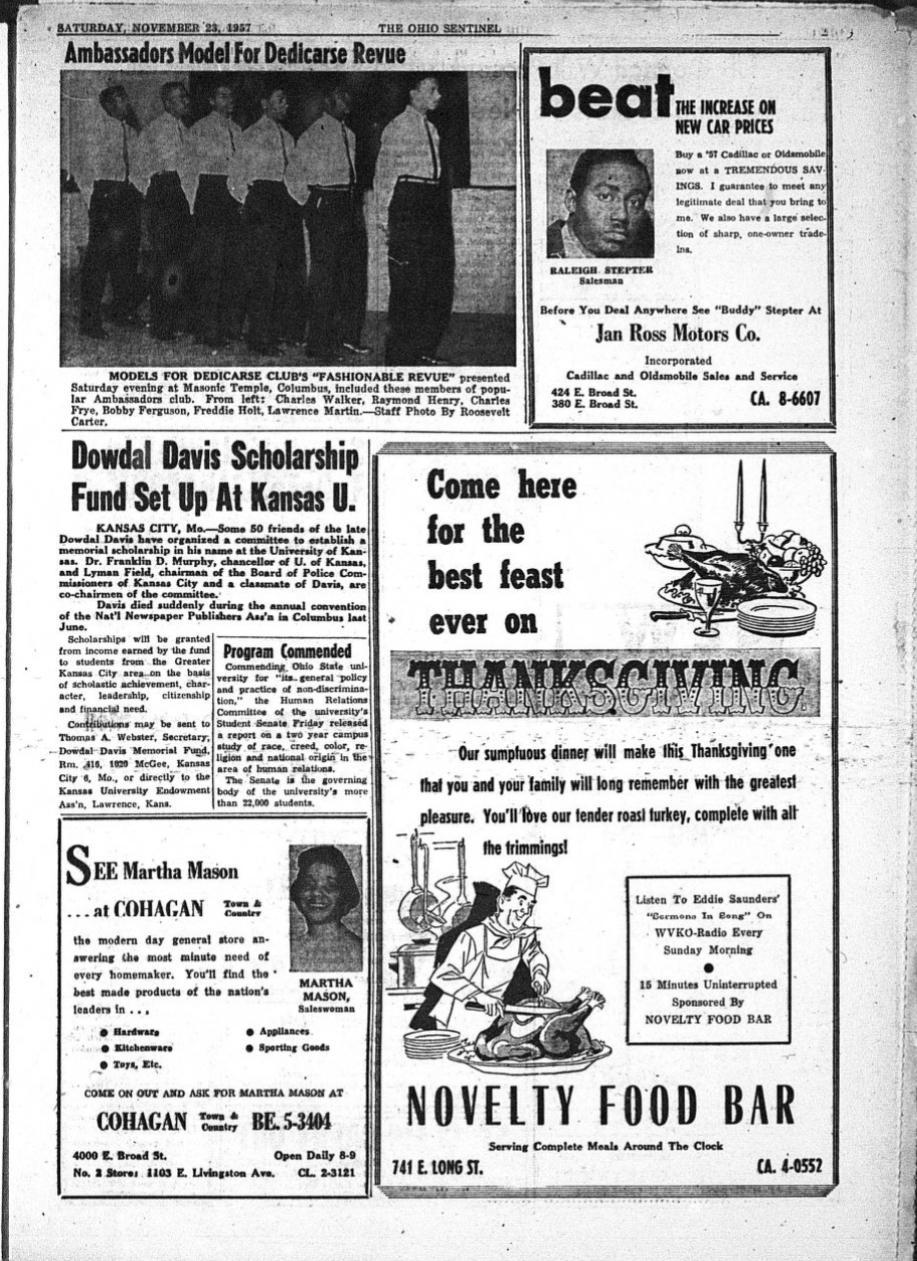
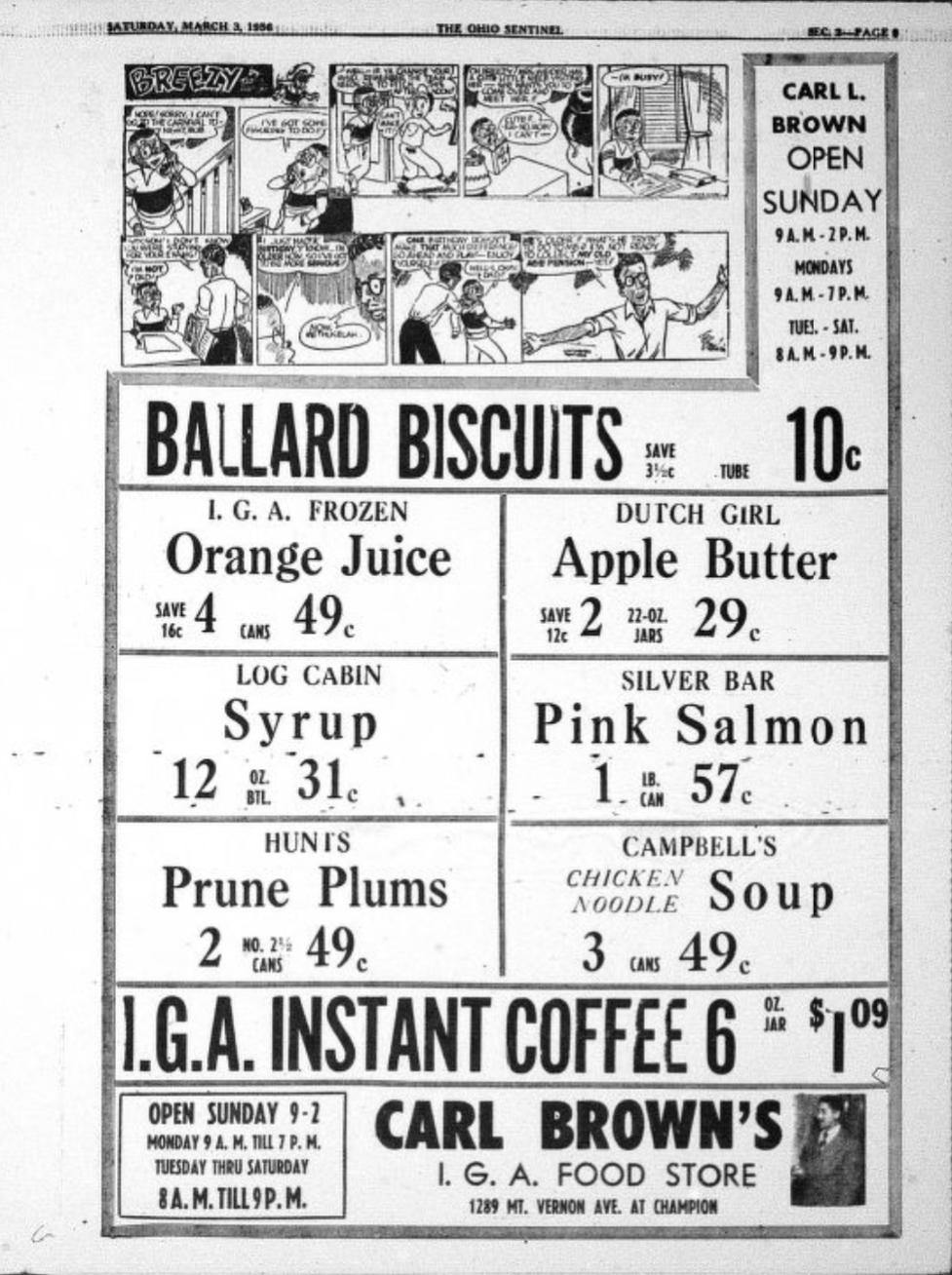
Mount Vernon: Spiritually Thriving
Roger Stowe [57:55]
“There was a fellowship of churches — whether it was Jim Parish up at Shiloh Baptist Church, whether it was E.A. Param over at Trinity Baptist Church whether it was Jerome Ross at Tristone or the Harrisons at Refuge or the Troys down at Second Baptist; there was a genuine fellowship of camaraderie and unity among [us]…”
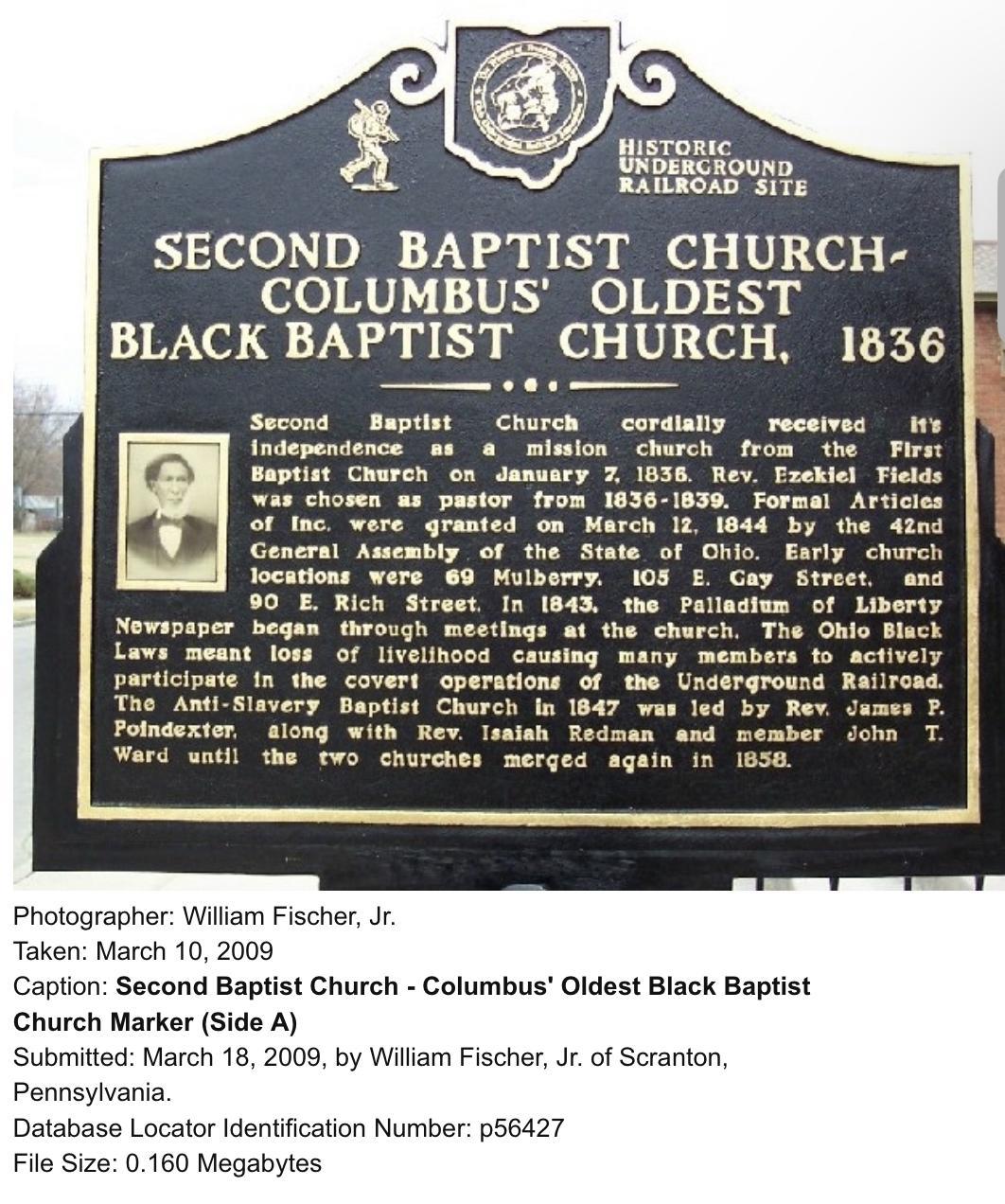
https://www.hmdb.org/PhotoFullSize.asp?PhotoID=56427 The Historical Marker Database
Mount Vernon: Communally Thriving
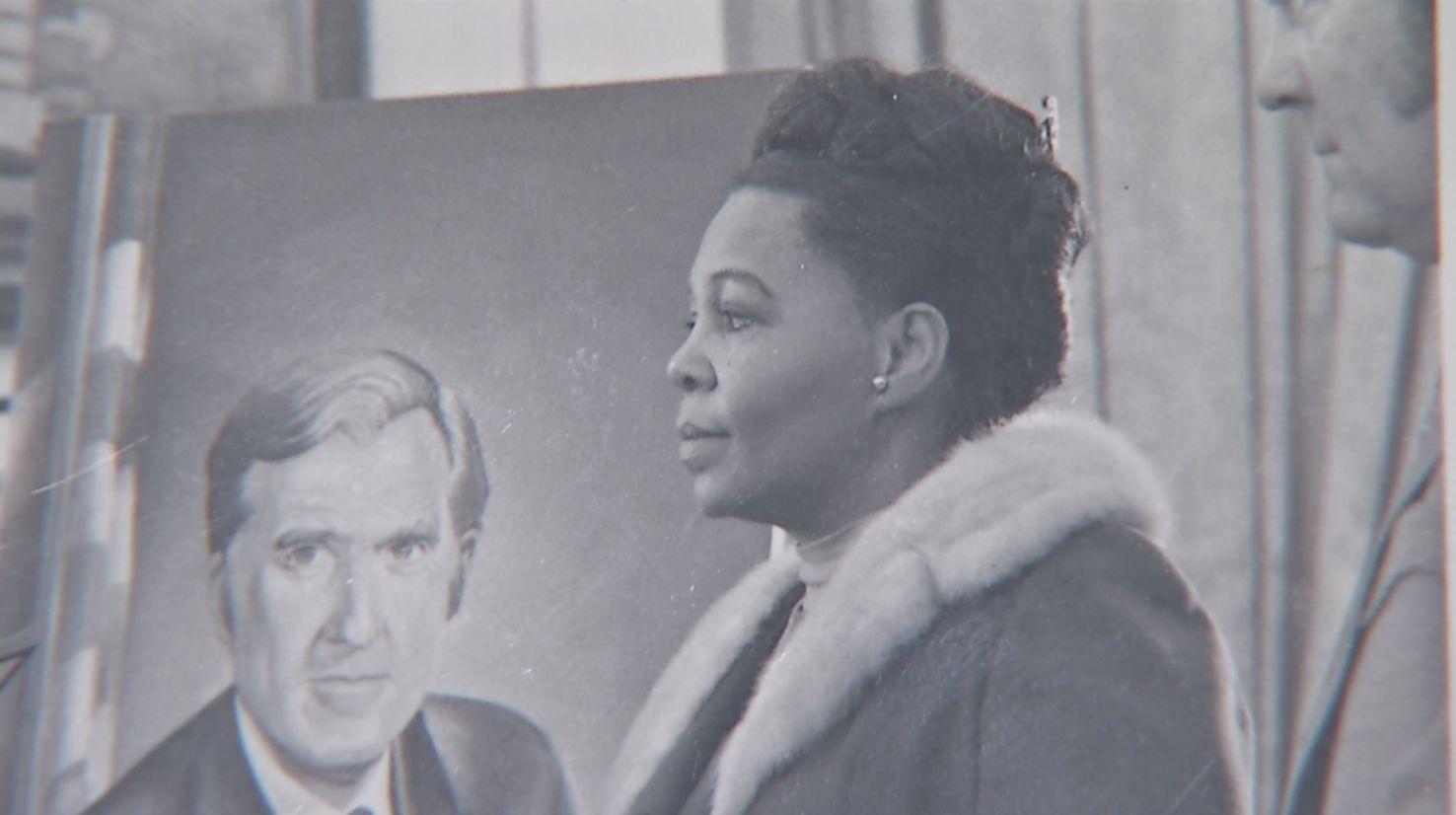
Anne B. Walker discusses how her family was the only family on her street [22nd Street between Mount Vernon and Spring Street] who owned a car, and her father would use his car to bring food from the firehouse for people in the communitywhowere food insecure.
She also describes how many Black musicians had problems getting gigs in Columbus; she produced a show on music centering Black artists, and so she was accused of discriminating against whitemusicians.
Early Hanford Village
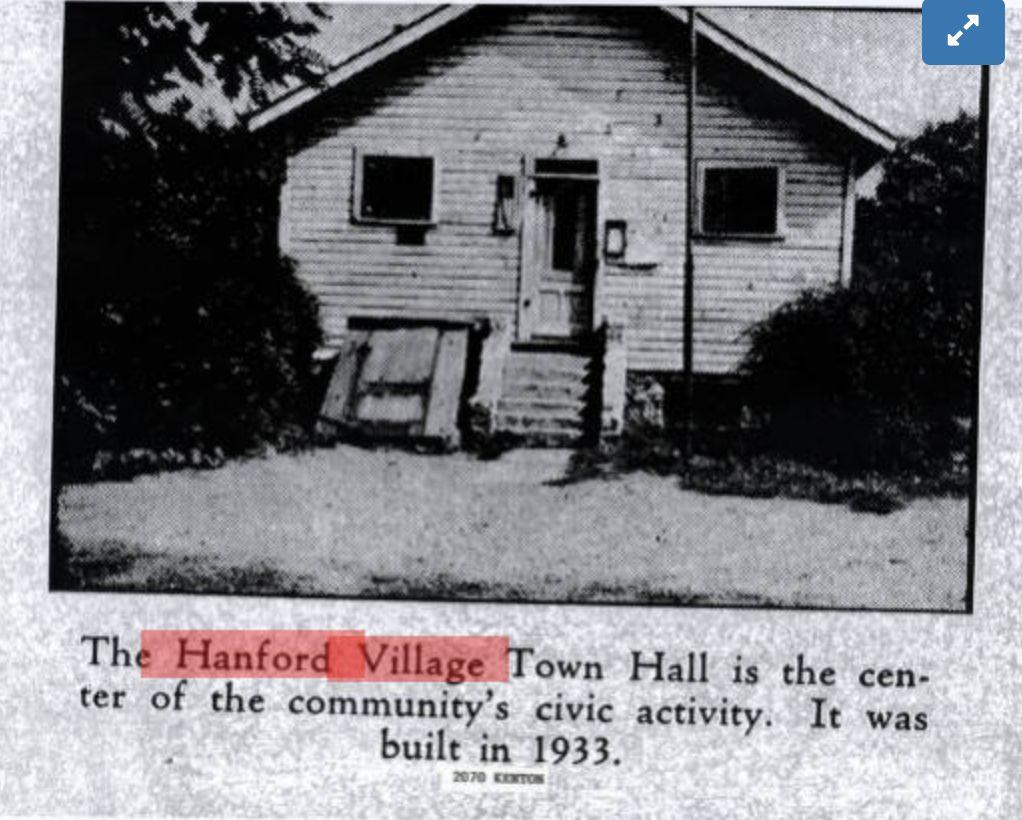
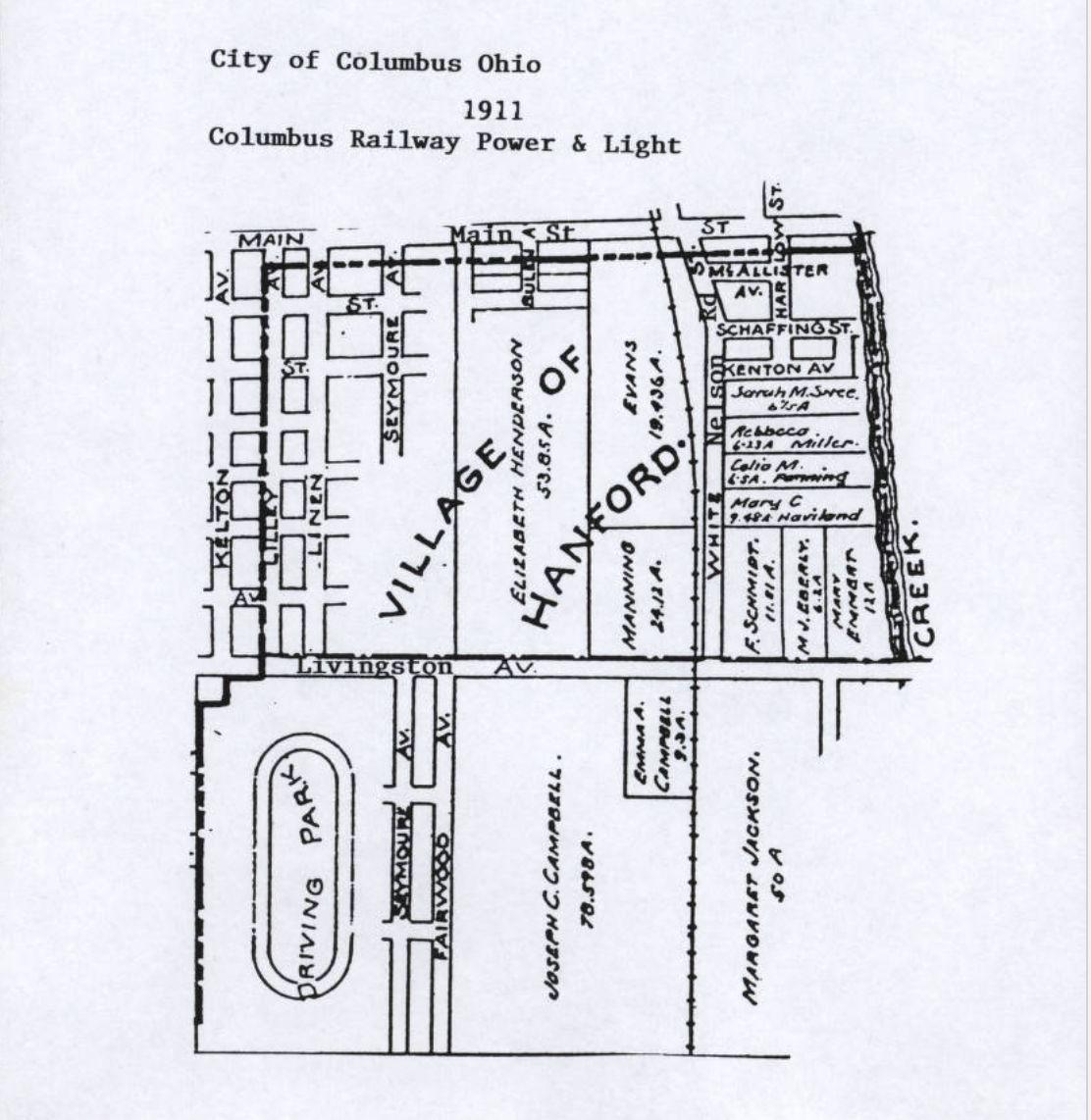
1940s – Hanford Village happenings
News about the area is provided by Mabel Watkins in The Ohio State News. Lead story is the Memorial Day Parade and float contest.
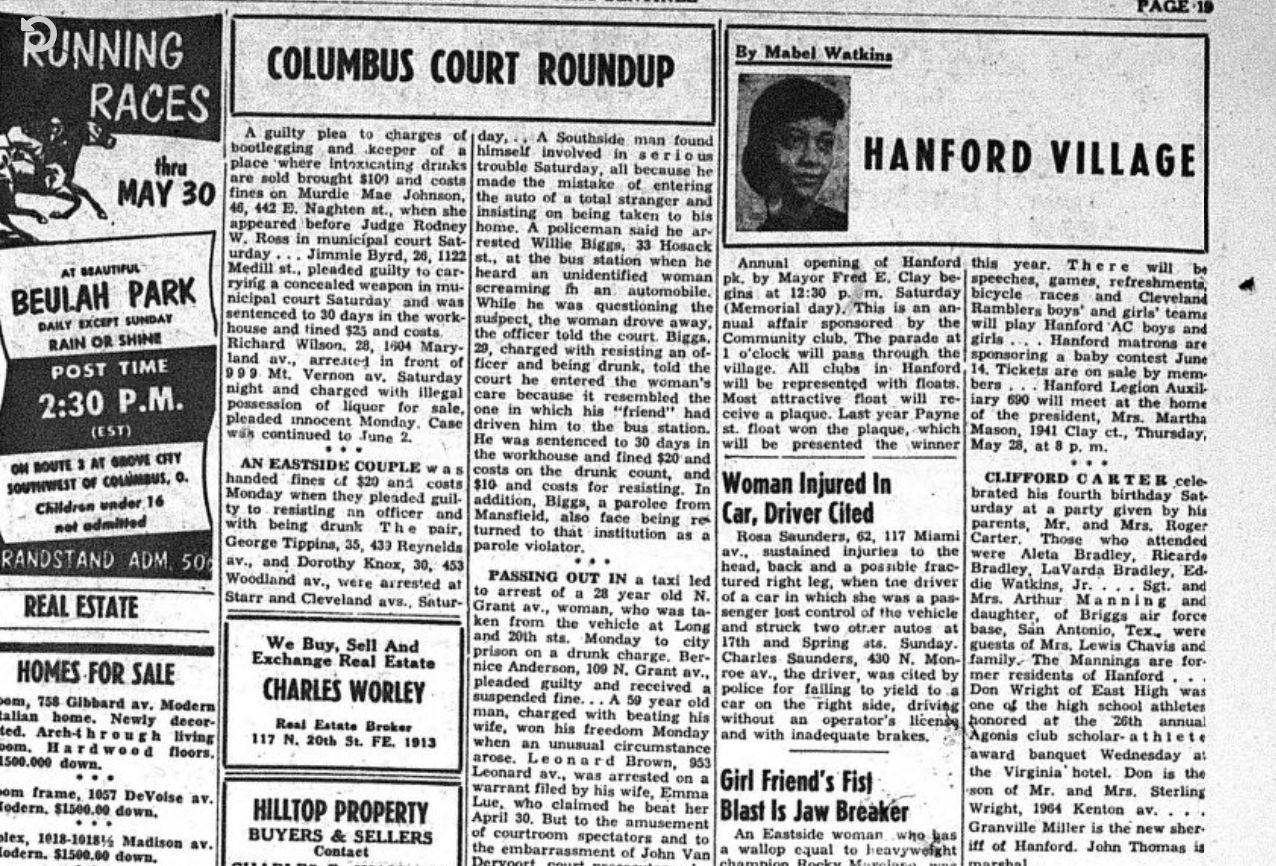
Hanford Village
The Ohio State News reported on opposition to the construction of new housing for Black people in Hanford Village, October, 1944
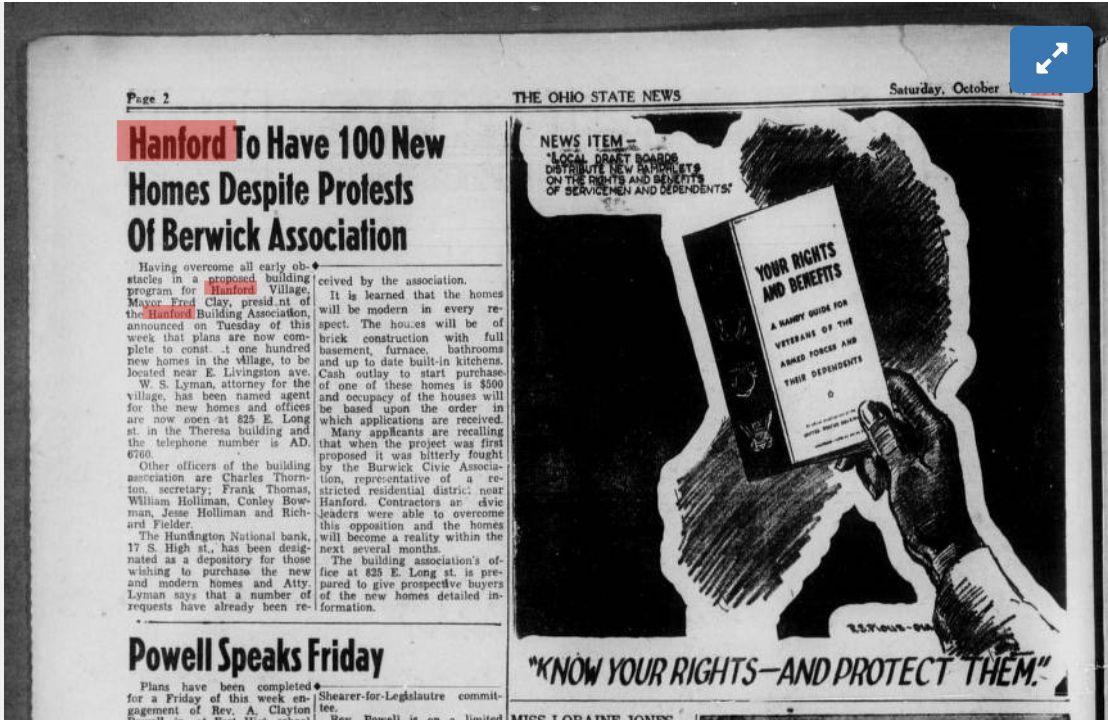
Jan 25, 1964
Dispatch Article
The Dispatch article explains that homes bought from the city (who had used eminent domain to acquire them) for 343 were being sold for 3500 after being moved other locations.
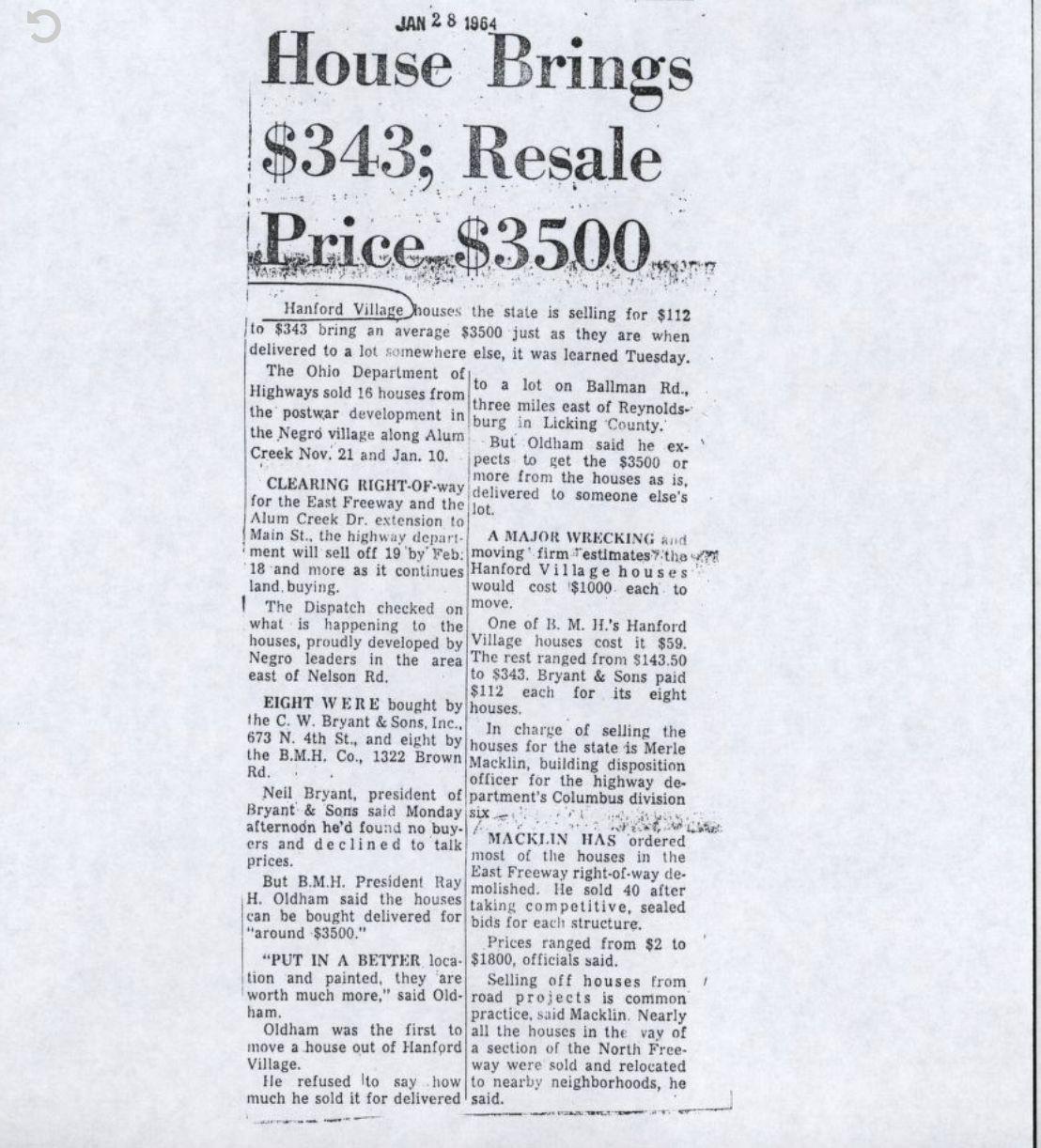
Brainstorming for future interviews
Exhibit Strategies
Main Objectives
● Utilizing the past to change the future
● Engaging younger audiences to inspire them
● Uniting the Ghost Neighborhood Project and the Poindexter Museum
Presenting Oral Histories
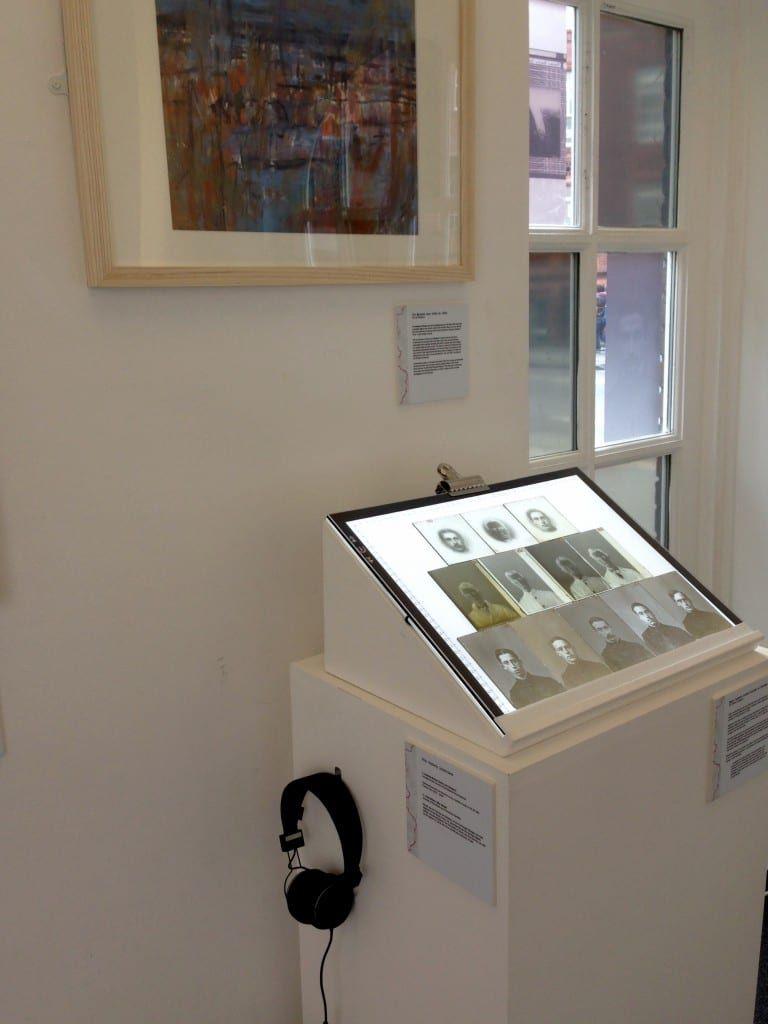
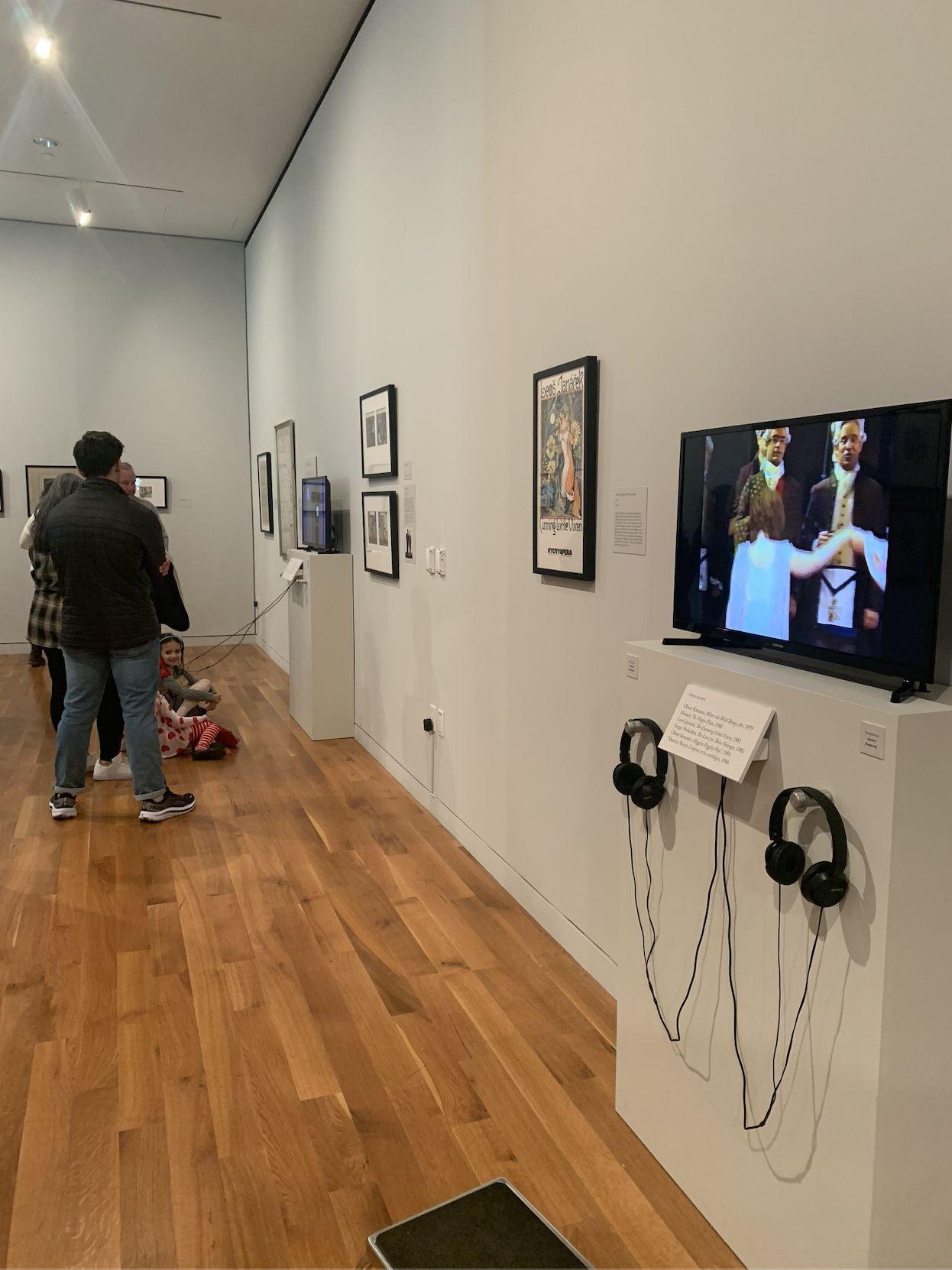
Maurice Sendak Exhibit @ the Columbus Museum ofArt TVs with attached headphones showing Sendak’s cartoons and plays he was involved in Image of the oral history installation at UCL’s exhibit on WW1 Stress
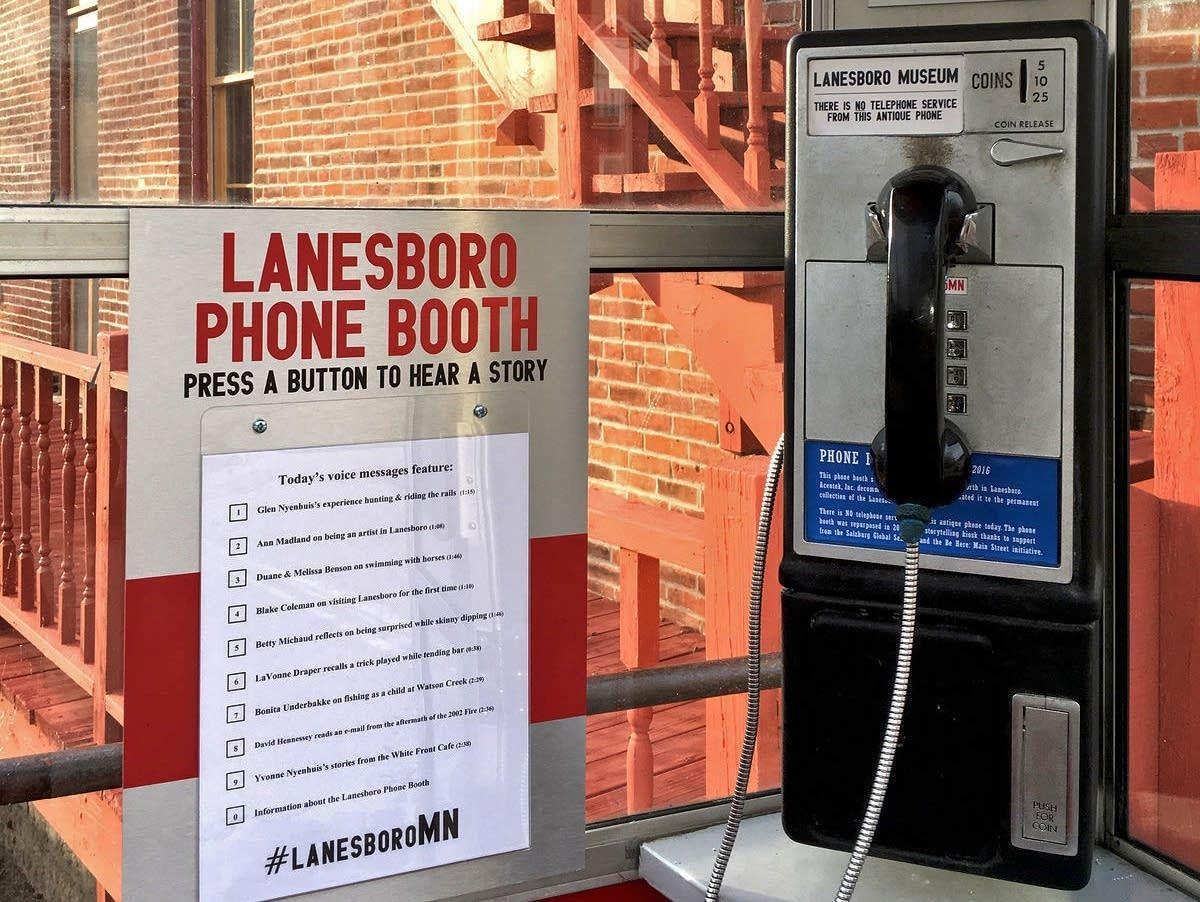
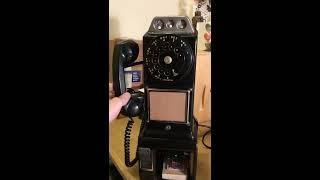
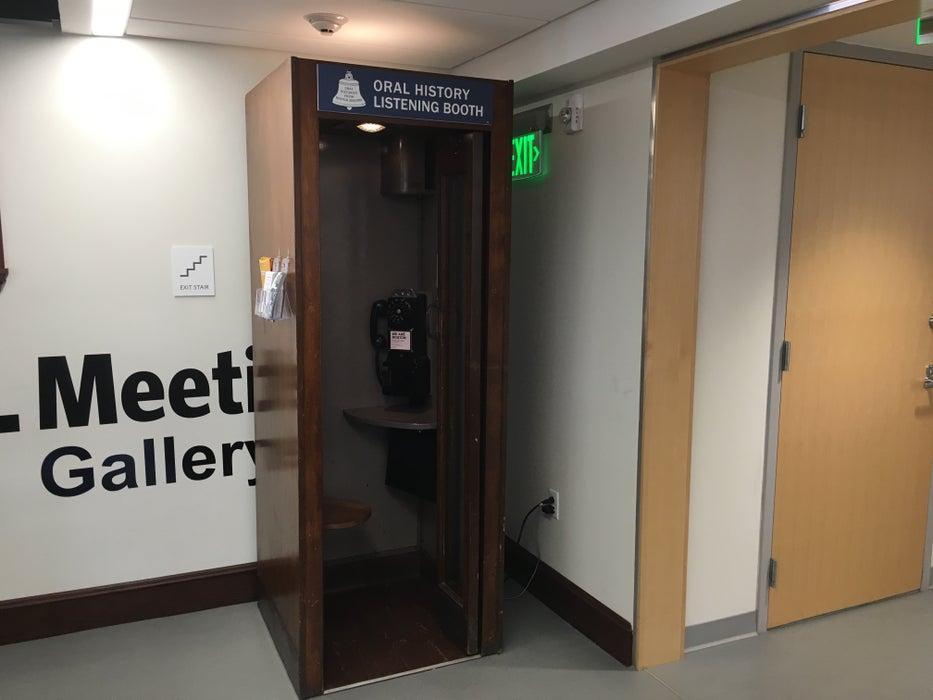
https://www.instructables.com/Build-a-Story-Booth-From-an-Antique-Payphone/
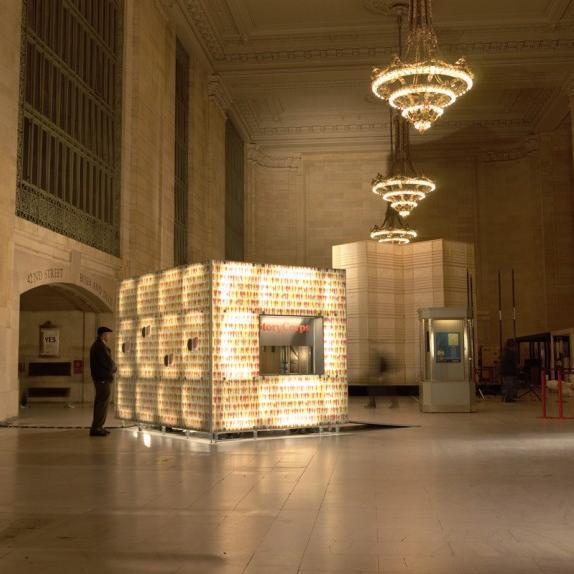
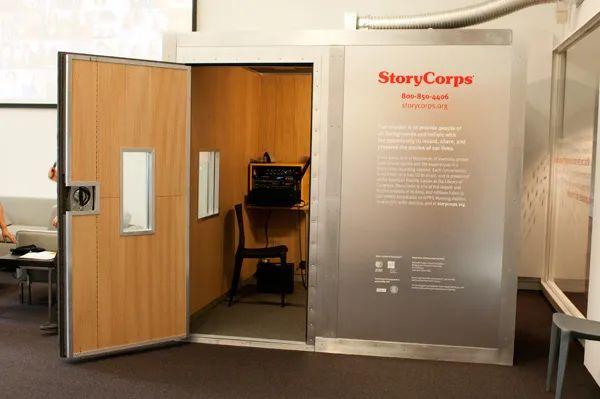
StoryCorpsbooth-ChicagoCulturalCenter
Continue Collecting
Oral Histories
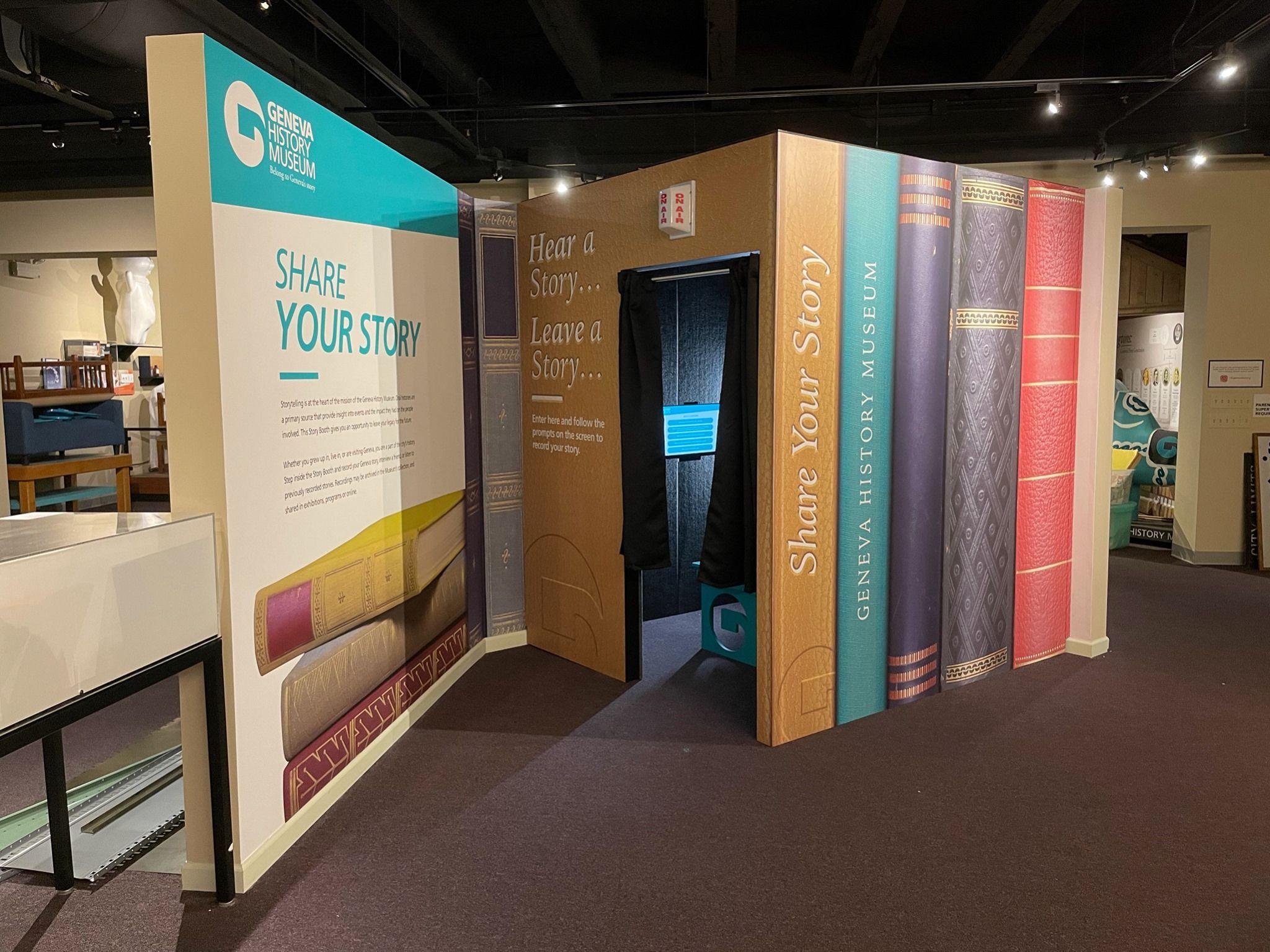
Engaging Younger Audiences
Interactive Educational Play Stations
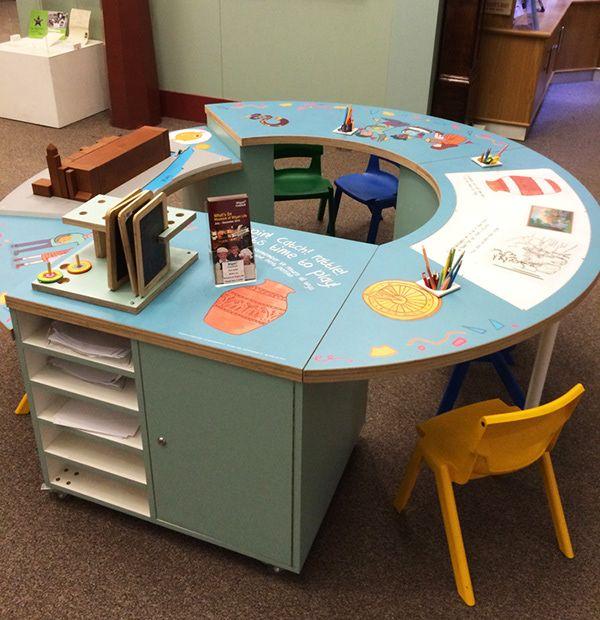
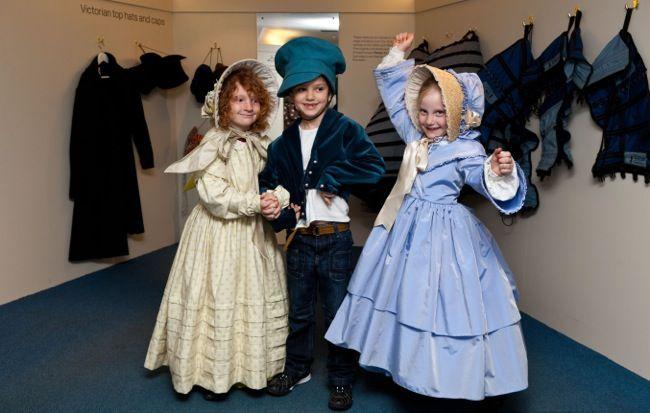 Image of a children’s fun station at the Museum of Wiggan Life, UK
image of a dress-up station at Bath's Fashion Museum, UK.
Image of a children’s fun station at the Museum of Wiggan Life, UK
image of a dress-up station at Bath's Fashion Museum, UK.
Community Partnerships
● Partnering with local businesses and historic places
● Increase online presence via #
○ #PoindexterPlaces
● Inspired by Columbus Coffee Trail (#CbusCoffee), Columbus Ale Trail (#CbusAleTrail), Gallery Hop, Columbus Art Walk
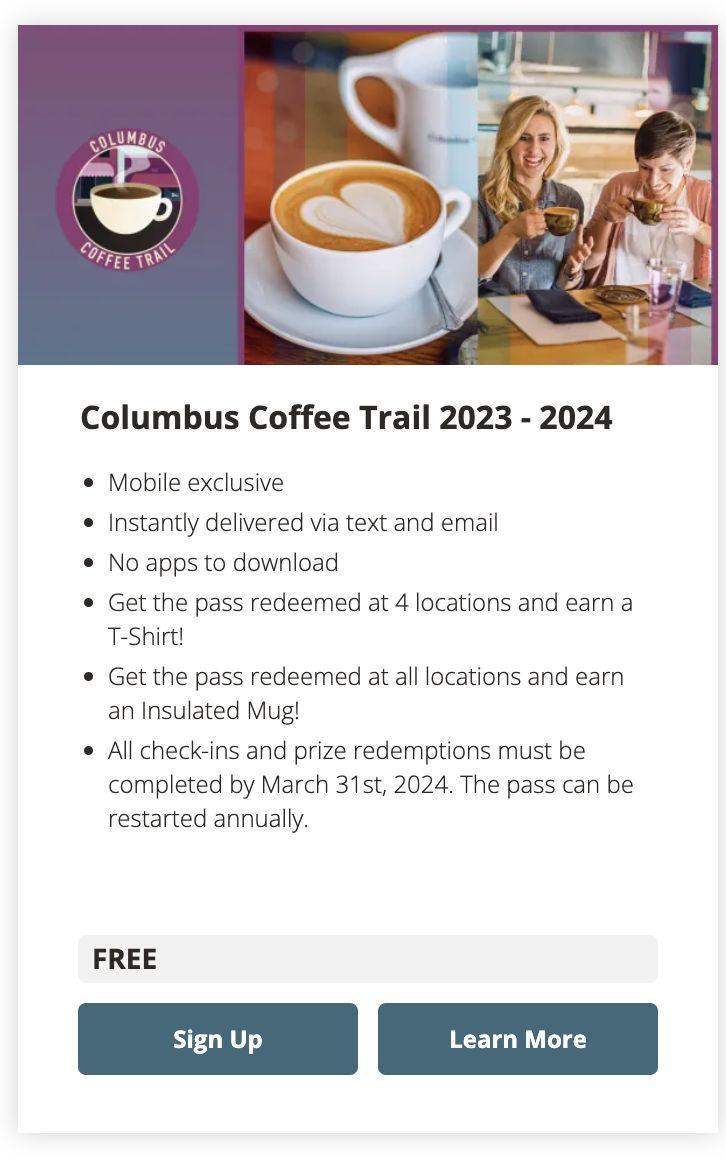
Presenting Maps
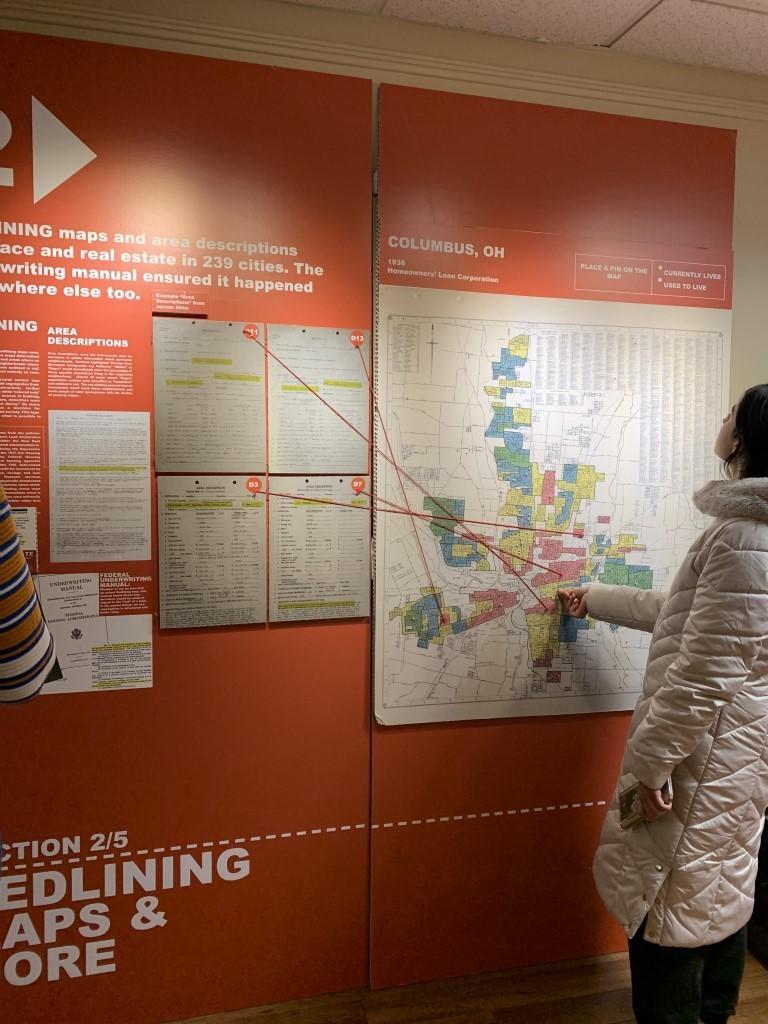
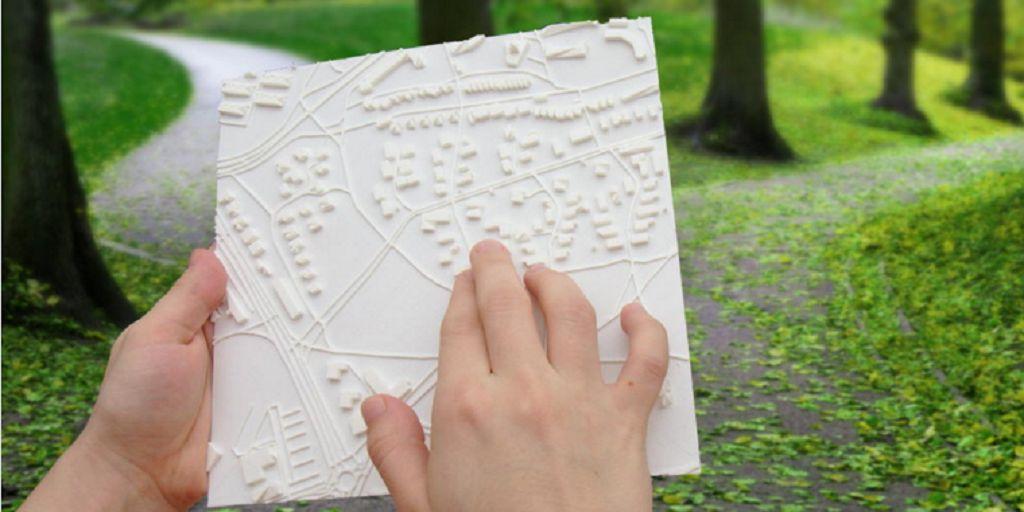
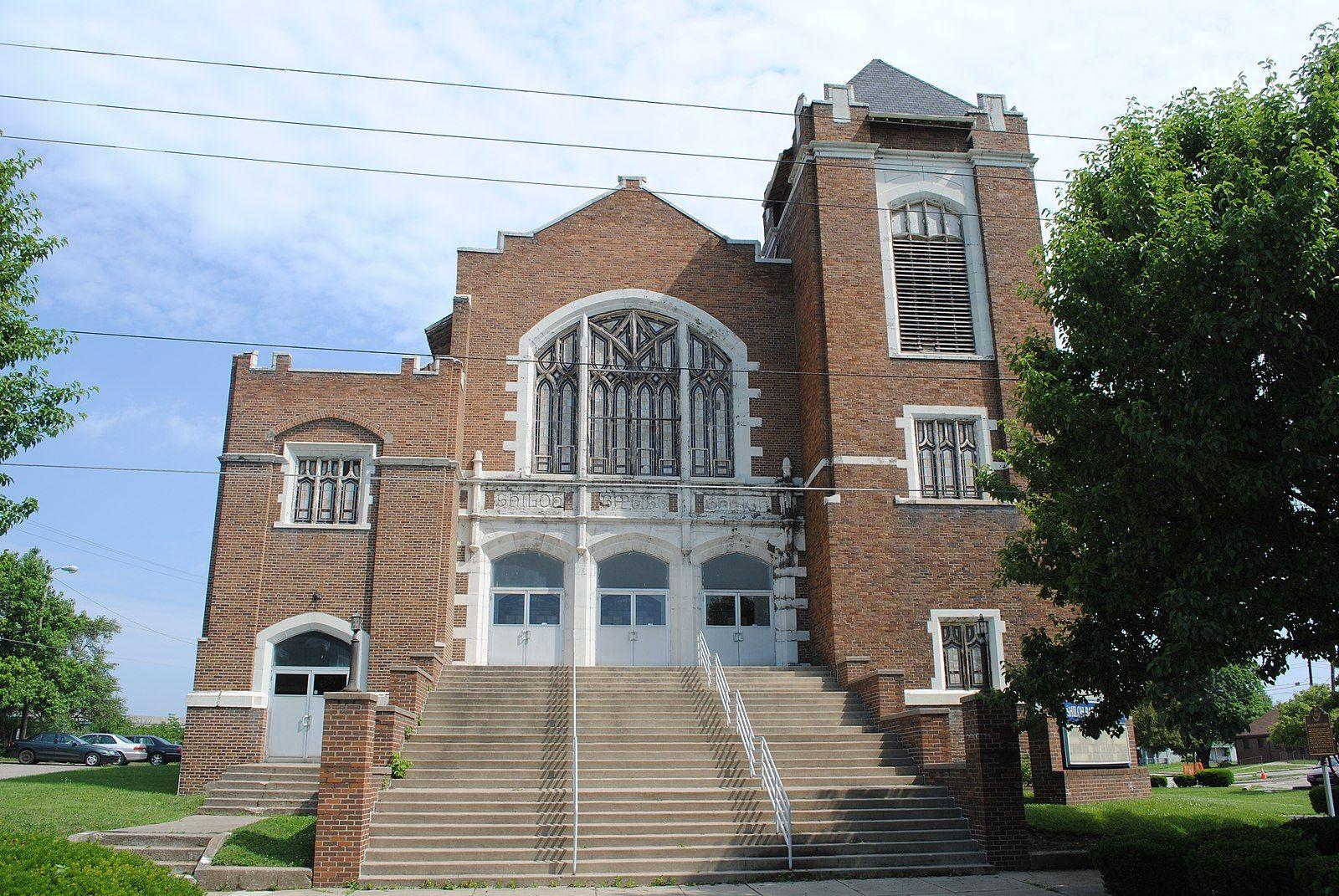
Using Photographs to highlight changes over time
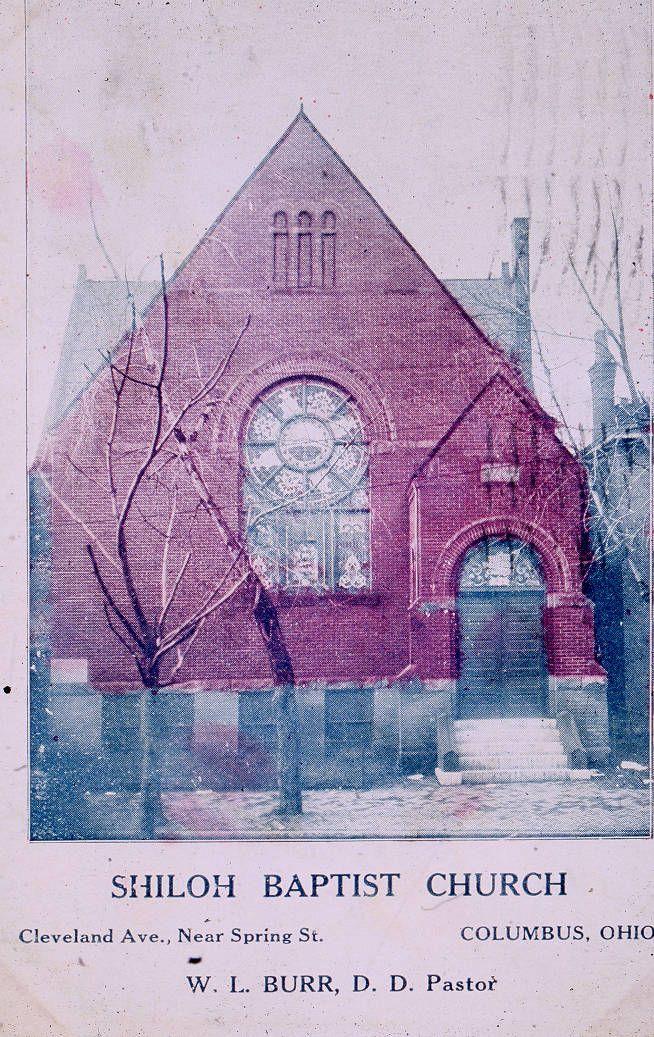 (Photograph of Shiloh Baptist Church from 1901)
(Photograph of current Shiloh Baptist Church)
(Photograph of Shiloh Baptist Church from 1901)
(Photograph of current Shiloh Baptist Church)
Virtual Mapping Strategies
ArcGIS Story Mapping
❖ A Case Study: Priscilla Tyson
● Easily integrate media (maps, photos, videos)
● Creation of Maps built into program
● Relatively well polished results
● Compatible with Ghost Neighborhood Maps
● General Public can access end products
● Software costs are a limitation
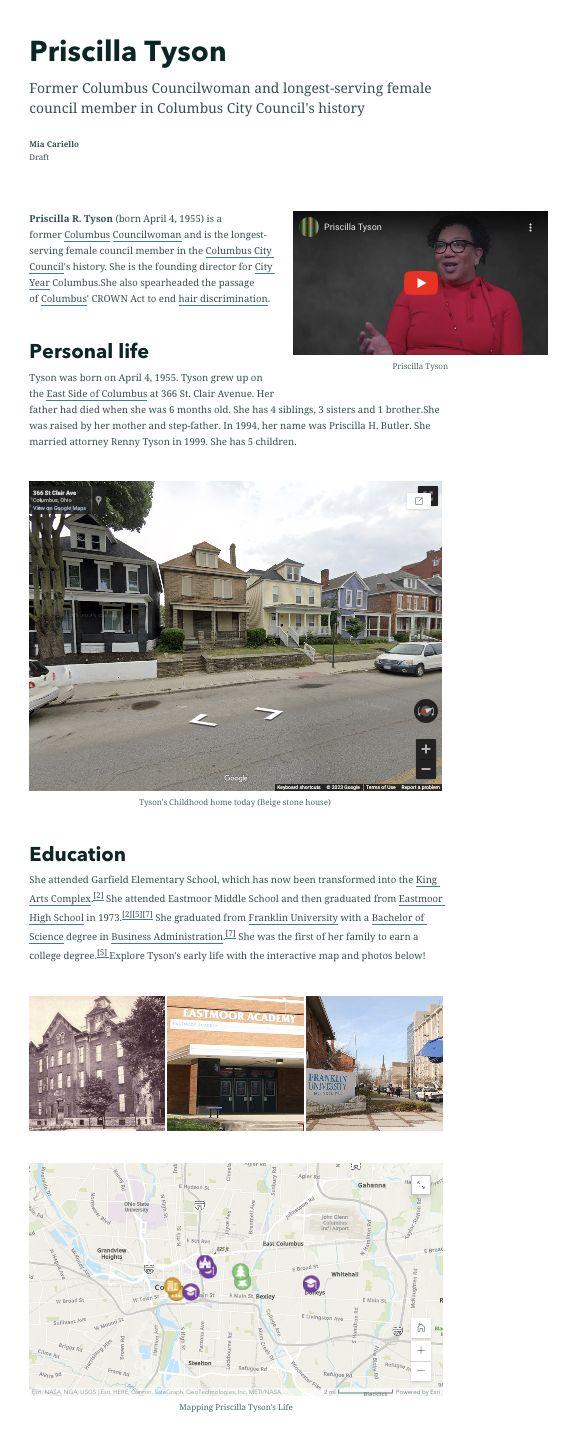
Virtual Mapping Strategies
CovidBlack.org
● MappingBlackLivesLosttoCovid-19
○ Humanizinggeographicalspacesthroughmapping
● Data&Honor:RememberingBlackLivesRestoringHumanity
○ CompilingandHonoringcommunitymembersthroughdata collection
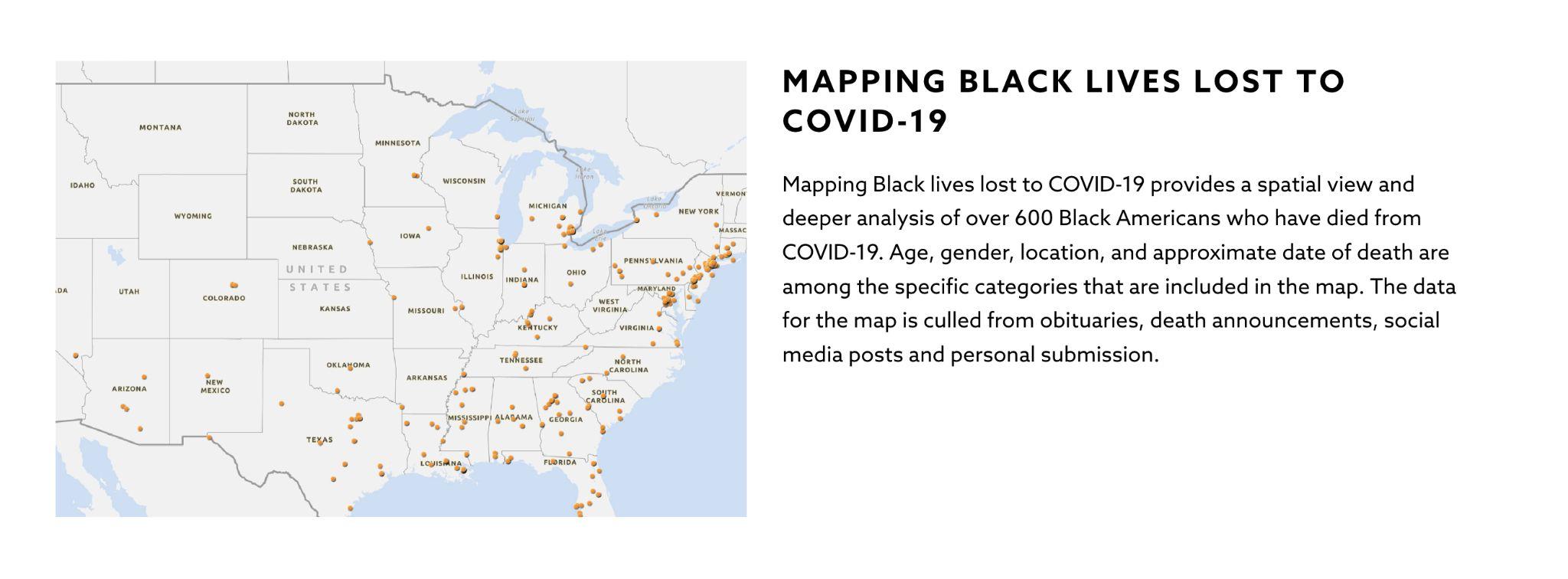

Next Steps…
● Conduct further oral histories with directed questions
● Find photos for both exhibits and conduct focus groups on the photos
○ Advertise that we have a digitizing process to community members
■ Have already been collecting photos at 1-1 interviews
● Acknowledging the experiences of different generations
● Brainstorm how we can foster community in and across various different neighborhoods now
● Highlight why and how people did what they did or went where they went - not just focusing on what
○ especially for new and follow up interviews
○ Inspiring youth and attendees to make change – shows that community is not innate, it is built off of purposeful organizing
● Bringing the Ghost Neighborhoods + Poindexter Museum to middle and high schools → engaging & educating the youth–civic and historical education (also potentially a way to get in touch with other interviewees and community members the children may know)
○ Ensuring various versions of history and stories are accessible to a variety of ages
● Round table interviews for specific spaces or topics (record store, bookstores) with multiple people
● Adopting Wikipedia as a museum engagement strategy and leveraging archives
● 3D Modeling of Mt. Vernon (virtual reality!)
